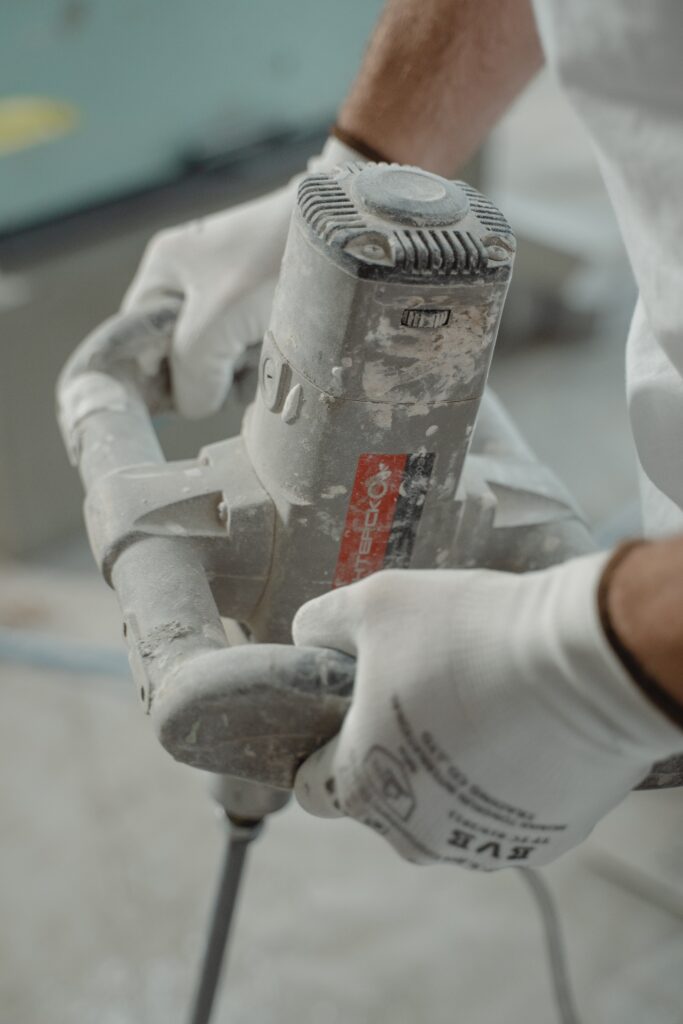The Ultimate Guide to Choosing the Best Home Insulation for Energy Efficiency


In today’s energy-conscious world, selecting the proper insulation for your home is paramount to maximizing energy efficiency and reducing utility costs. With various insulation options available, determining which type best suits your specific needs can be overwhelming. In this comprehensive SEO-optimized guide, we will explore different types of home insulation, highlighting their benefits, considerations, and energy-saving potential. By the end, you’ll know to make an informed decision and transform your home into an energy-efficient haven.
Fiberglass Insulation: A Budget-Friendly Solution
Fiberglass insulation is a popular and cost-effective choice for homeowners seeking energy efficiency without breaking the bank. Its versatility allows easy installation in walls, attics, and crawl spaces. Fiberglass batts or rolls effectively resist heat transfer and are available with varying R-values to suit different climates. Fiberglass insulation in your home can enhance thermal comfort and significantly reduce heating and cooling costs.
Cellulose Insulation: Sustainable and Soundproofing Benefits
For eco-conscious homeowners looking for sustainable insulation, cellulose insulation is an excellent choice. Made from recycled paper or plant fibers, cellulose provides exceptional thermal resistance and is effective in soundproofing applications. The loose-fill nature of cellulose allows it to conform to irregular spaces, ensuring a tight seal and minimizing air leakage. Installing cellulose insulation can create a comfortable and energy-efficient home environment.
Spray Foam Insulation: Maximum Energy Efficiency
When achieving unparalleled energy efficiency, spray foam insulation takes the lead. This type of insulation expands upon application, effectively sealing cracks, gaps, and cavities. The airtight barrier created by spray foam minimizes heat loss and prevents air infiltration, reducing energy consumption and utility costs. Spray foam insulation is a long-term investment that provides superior insulation performance and exceptional energy savings.
Mineral Wool Insulation: Fire Safety and Thermal Performance
Mineral wool insulation, composed of natural or recycled minerals, offers excellent fire resistance and thermal performance. It is particularly beneficial for homeowners concerned about fire safety and seeking a durable insulation solution. Mineral wool traps and slows heat transfer, reducing the need for excessive heating or cooling. Its resistance to moisture, pests, and mold ensures long-lasting insulation performance.
Reflective Insulation: Managing Radiant Heat
Reflective insulation is an effective solution for managing radiant heat transfer. It features a reflective surface that reflects heat away from the home, reducing the need for excessive air conditioning in hot climates. Reflective insulation is typically installed in attics and roofs as a barrier against solar radiation. While it may not provide substantial thermal resistance on its own, it can enhance overall energy efficiency when combined with other insulation types.
Conclusion
Selecting the best home insulation is crucial in achieving energy efficiency and reducing utility costs. Fiberglass insulation offers affordability and versatility, while cellulose insulation provides sustainability and soundproofing benefits. Spray foam insulation ensures maximum energy efficiency through its airtight seal, while mineral wool insulation offers fire safety and thermal performance. Reflective insulation manages radiant heat, making it ideal for hot climates.
Consider your budget, climate, and specific insulation needs when deciding. Consultation with a professional insulation contractor can provide valuable insights and ensure proper installation. Investing in the right home insulation can create a comfortable and energy-efficient living space while reducing your environmental impact and saving on energy costs.
